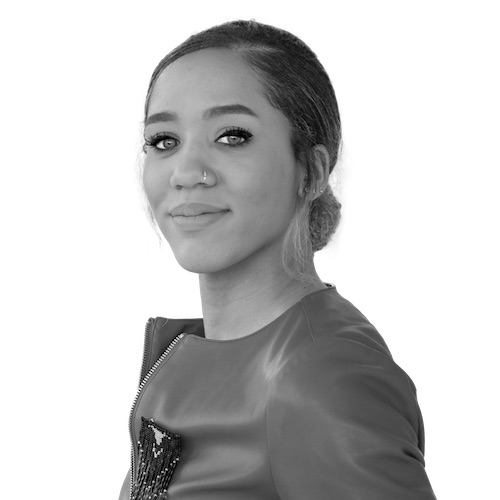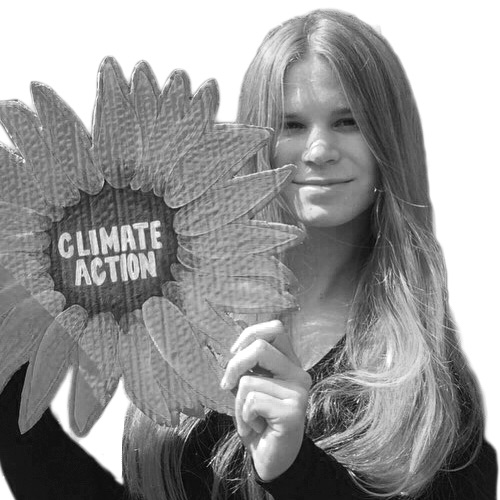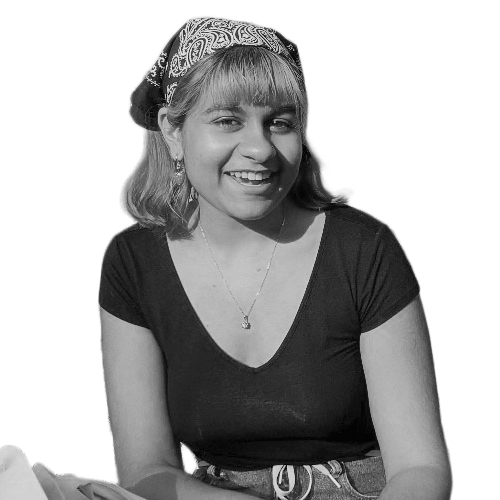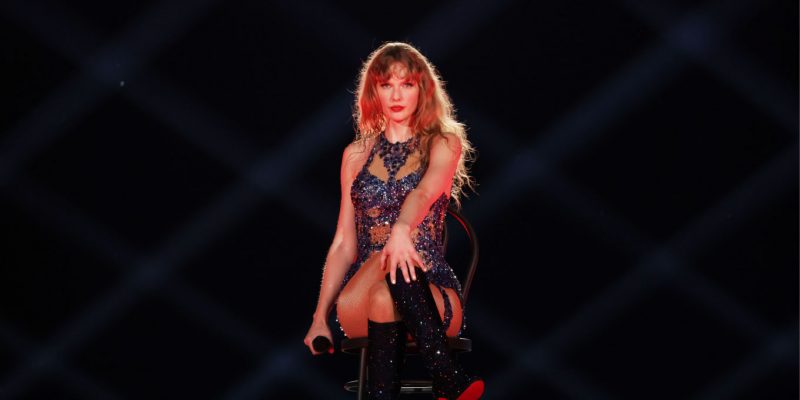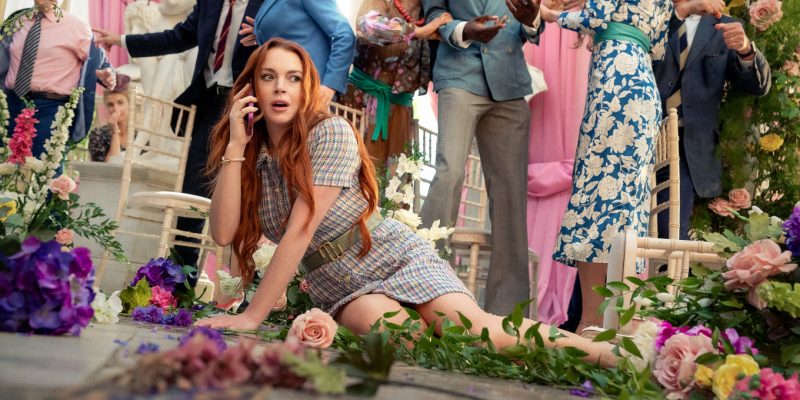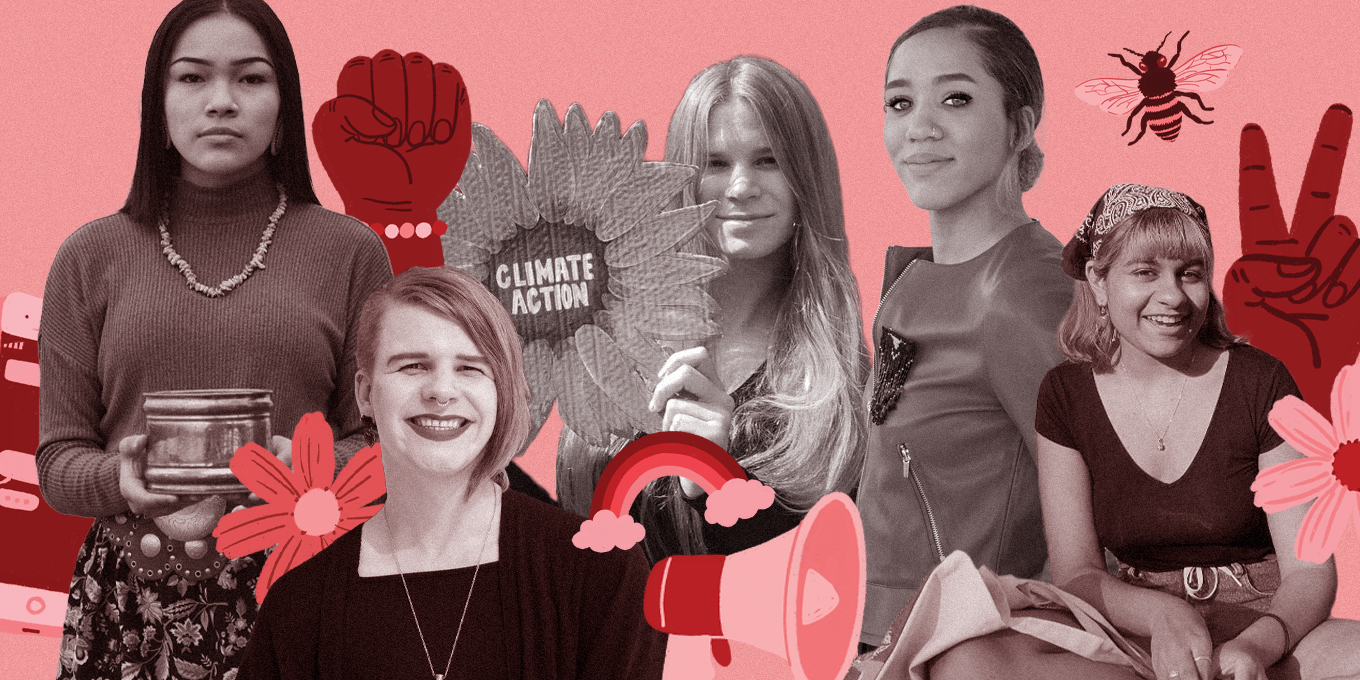
Illustrations by Salini Perera
5 Young Canadian Activists on Doing the Work and the Impact of COVID-19
by : Patricia Karounos- Aug 17th, 2020
This world today is facing an unprecedented set of circumstances: the global climate crisis, an urgent requirement to dismantle systemic racism and the coronavirus pandemic, which will impact our health and economy for years to come. But rather than being immobilized by the uncertainty and the challenges that lie ahead, these Canadian activists are confidently galvanizing others in the fight for a better world. They’re some of the country’s most passionate and inspiring young people, and here they share their stories, strategies and urgent calls for change. They didn’t ask to have the fate of the world on their shoulders, but that isn’t going to stop them from trying to do something.
Meet The Activists
Autumn Peltier
Age: 15
Hometown: Wiikwemkoong Unceded Territory
Clean-water activist
Autumn Peltier was just eight years old when she started advocating for clean water in Indigenous communities in Canada and around the world. Since then, she has earned national headlines for confronting Justin Trudeau about the Trans Mountain pipeline and for speaking at the United Nations and the World Economic Forum. She is also the Chief Water Commissioner for the Anishinabek Nation.
Larissa Crawford
Age: 25
Hometown: Calgary
Anti-racist and climate justice activist
Larissa Crawford is the founder of Future Ancestors Services, a youth-led community-first organization that she launched earlier this year. She works with clients to create more inclusive workspaces and foster better engagement with diverse people, focusing on climate, equity and ancestral accountability while also amplifying the voices of other activists.
Katia Bannister
Age: 16
Hometown: Thetis Island, B.C.
Climate-justice and social activist
After attending one of last year’s youth climate strikes, which occurred globally in 123 countries, Katia Bannister felt a strong need to get more involved. She’s now the head of the Cowichan Valley Earth Guardians, a group that trains young environmental activists to be leaders in the movement. She also works at a B.C.-based sustainability project aiming to engage teen girls in urban farming.
Savi Gellatly-Ladd
Age: 18
Hometown: Toronto
Climate-justice activist
Savi Gellatly-Ladd got her first taste of activism in high school when she helped organize a movement called Not Just Rumours. She continued to explore youth engagement, which eventually led her to join Climate JusticeToronto, a group that focuses on an intersectional approach to climate justice. Last year, she was a speaker at the Global Climate Strike in Toronto.
Fae Johnstone
Age: 25
Hometown: Ottawa
LGBTQ+ activist
Fae Johnstone’s early activist work included giving talks about LGBTQ+ issues in schools but has since evolved to include protest organizing and rally work (such as 2017 SlutWalk, a march against rape culture, in Ottawa). She also uses her expertise to advocate for specific policy issues, like the trans rights bill that was passed in Canada a few years ago.
On Finding Their Activist Identities
SAVI GELLATLY-LADD: “I’m very privileged because both of my parents do this [type of ] work every day. At first, I felt like I didn’t have the tools I needed to organize. But, luckily, I could talk to them, and they taught me how to approach the situation and get people caring about what was going on.”
AUTUMN PELTIER: “I was only eight years old when I [learned about] clean-water advisories, but it really affected me to think that kids my age didn’t know what it’s like to drink water from or wash their hands under a tap. I was mentored by my great-auntie Josephine, who passed away last year and was already doing the work I’m doing now. I was watching her get older and thought, ‘If she doesn’t do this, who will?’”
FAE JOHNSTONE: “I had a few negative experiences in high school when I initially came out as bi and then a few later on when I came out as trans. Dealing with that shit was frustrating and anger-inducing, and I thought that a more productive way to process it was to direct those feelings in a useful direction.”
LARISSA CRAWFORD: “My work is at the intersection of anti-racism and climate justice. My mom is a white Indigenous person, and my father is very dark-skinned, so racism has always been a part of my life. I want to understand and address it. I intentionally make sure that my work honours that as well as the earth and my connection to the land.”
KATIA BANNISTER: “I [was motivated] by the lack of other people like me taking action. People don’t want to give up convenience. But I had a defining moment and couldn’t look at the world in the same way anymore. I felt like [I was] a part of the problem and needed to do everything in my power to solve it.”
“But now I’m realizing that activism isn’t just about being on the street – it’s about building community and doing the work that isn’t sexy.”
How Has COVID-19 Impacted Their Work?
PELTIER: “COVID-19 has slowed my work down, honestly. I haven’t really seen any [effective] change. I’ve been doing more activism on social media, but I find a physical message to be stronger.”
CRAWFORD: “Racial justice has also been at the forefront during the pandemic [because of Black Lives Matter protests], so we’ve been busy. Organizations are looking in-house, seeing their lack of diversity and realizing that their infrastructure is racist. I don’t want to hear anyone ever say that protests are not effective. They are.”
BANNISTER: “A lot of people think we can’t take effective, change-making action during COVID-19. That’s untrue. The pandemic is a test of our creativity and resiliency. We have to not only hold on to the momentum we’ve gained but also continue to gain momentum even though we can’t organize in traditional ways.”
GELLATLY-LADD: “It’s been really hard. What fuels me to do this work is coming together with everyone, chanting and fighting. But now I’m realizing that activism isn’t just about being on the street – it’s about building community and doing the work that isn’t sexy.”
What Will Activism Look Like Post-Pandemic?
BANNISTER: “COVID-19 has shown us that there is money to take action and that action can be taken quickly. Everything changed overnight. Knowing that our society has the capacity to do something like that has shown that [achieving climate justice] is about being willing to make the commitment.”
GELLATLY-LADD: “The pandemic is a really crucial learning point for activists. We’ve been forced to adapt. We’re also seeing that a lot of our movements struggle with accessibility. We have to find ways to engage people who aren’t able to show up in person.”
JOHNSTONE: “There has been a public understanding that the pandemic has heightened existing violence and existing oppression. I hope we can continue that narrative and help folks realize that these communities were already being impacted by structural violence.”
“I wasn’t planning on [being here] when I was eight years old. Anyone can do this work.”
How Can We Support Their Activism?
PELTIER: “I tell adults to encourage young people to speak up. That’s how I was inspired. I wasn’t planning on [being here] when I was eight years old. Anyone can do this work.”
JOHNSTONE: “If folks have the funds, supporting local LGBTQ+ organizations is always best. Other than donating, educate yourself: Do your research and make sure you are weighing in however you can on LGBTQ+ issues and policies.”
GELLATLY-LADD: “Keep your mind open to other people’s experiences, but also know that your experiences are valid. When I first became involved, I was intimidated by other organizers and language that wasn’t familiar to me. But that’s how I grew as an activist.”
CRAWFORD: “Commit to being anti-racist, which means committing to critical self-reflection. Yes, it’s important to understand outside factors, but you have to identify and understand your privilege and how you can use it.”
On Their Hopes for the Future
JOHNSTONE: “I want more funding for LGBTQ+ organizations. Their underfunding is absurd. These organizations are so vital to our communities, but they can barely scrape by. My personal bar is: Can I go outside without someone harassing me? When our everyday experiences shift, it’s a sign of success.”
BANNISTER: “We need climate justice, and we need to eliminate racial inequities in order to protect our earth. But the way to get there isn’t clear. We need big conversations that include everybody’s perspective, including young people’s. We need to create space for diverse voices and experiences and incorporate them into our solutions.”
PELTIER: “I want to see the number of boil-water advisories in Indigenous communities across Canada go down. There are over 50 in Ontario. And on a global scale, I want to see more awareness in other countries that are facing the impacts of the global water crisis.”
“Every fight is just one small step toward the best-case scenario.”
The Key to Never Giving Up
CRAWFORD: “My motivation is to maintain and deepen the trust that I carry from the community I advocate for. None of this would work if the people we were seeking to serve didn’t trust what we were doing.”
JOHNSTONE: “You go into [activism] knowing that structural, systemic change doesn’t happen overnight. It’s about setting up a realistic expectation of what we can accomplish. Every fight is just one small step toward the best-case scenario.”
GELLATLY-LADD: “I’m motivated by unity. To me, it’s really powerful. When people come together for a cause, it pushes me to think ‘How can I put in my time to make sure this keeps happening?’”
PELTIER: “It feels like [my] generation is the last hope for our planet, which is overwhelming. But then I think about why I’m doing this. I think it’s more meaningful when messages come from younger people because we are the leaders of tomorrow. [Adults] don’t expect a 15-year-old to speak out against the government. And we shouldn’t have to, but today’s leaders are making decisions that are going to affect our future.”
This article originally appeared in the September 2020 issue of ELLE Canada, which is on newsstands across Canada on August 17 and on Apple News+. Subscribe here.
READ MORE
6 Canadian Mothers Discuss Sending Their Kids Back to School
15 Indigenous People to Know in Canada
We Have the Power to Recreate Our Normal, Says Nunavut MP Mumilaaq Qaqqaq
Newsletter
Join our mailing list for the latest and biggest in fashion trends, beauty, culture and celebrity.
Read Next

Beauty
Dyson Just Launched Its Most Intelligent Hair Dryer Yet
Get ready to upgrade your blowout game.
by : Lauren Knowles- Apr 25th, 2024

Fashion
Meredith Shaw Created a Plus-Size Summer Dress Collection That "Feels Like Candy"
The morning show host joined forces with PENN. to create a curated collection for sizes 14-32.
by : Allie Turner- Apr 25th, 2024

Beauty
Tested and Approved: Your New Hydrating Skincare BFF
This new product has all of your skin’s thirst-quenching needs covered.
by : ELLE Canada- Apr 17th, 2024


